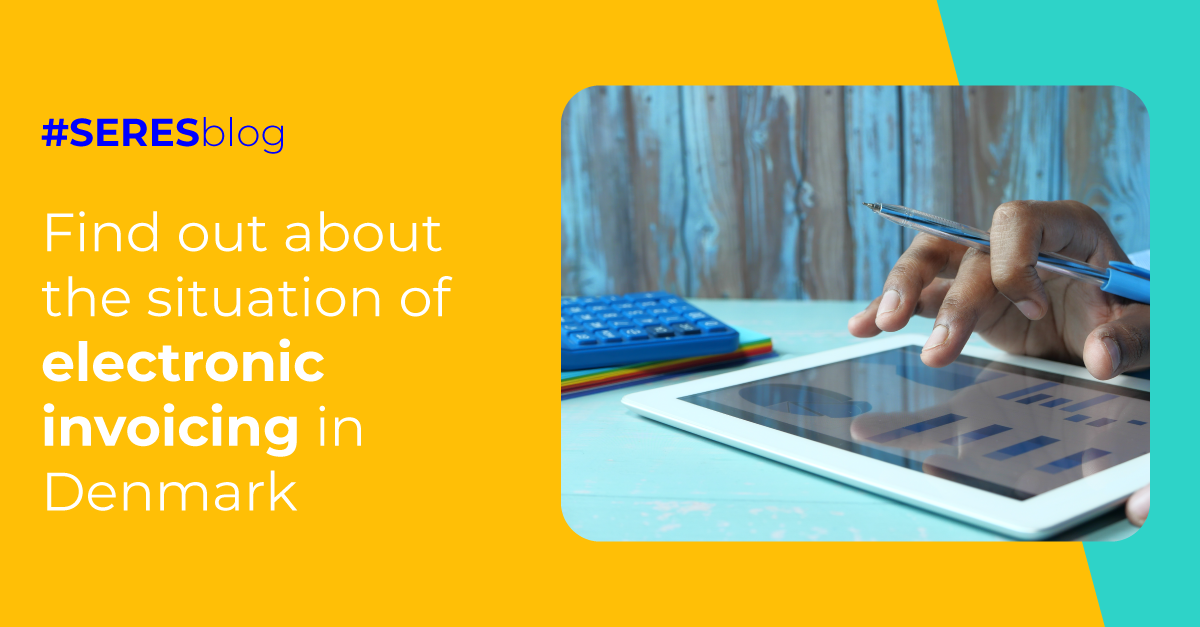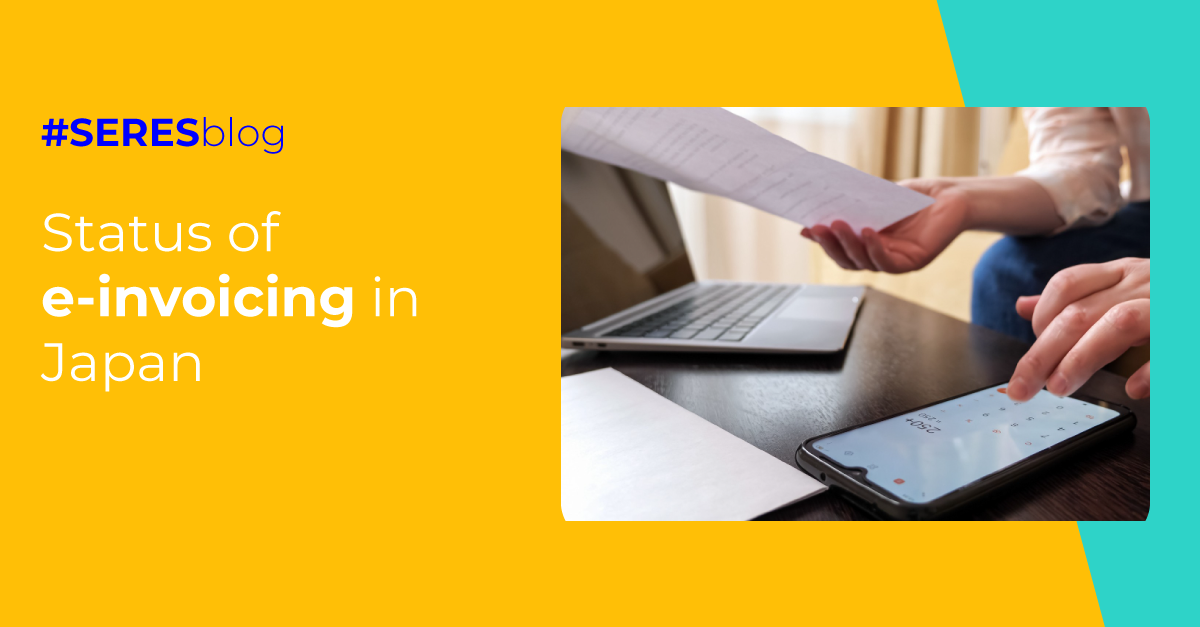Towards a single European format: UBL
When we talk about the format for electronic invoicing, this refers to the structure of the file which supports the invoice itself and its legal content. In the case of Spain, the Tax Agency has established XML, which is used in the Facturae structure, previously known as AEAT-CCI, as the official format.
The XML format, recommended by the Tax Authority, is not the only one used, as other formats such as PDF, HTML, DOC, XLS, JPEG, GIF and TXT are also used. Despite the extension for most electronic invoices being XML, there are differences between invoices due to the structure of each country having been developed independently.
While the electronic invoicing situation in Europe today shows that each country has implemented a different structure: FatturaPa (Italy), PEPPOL-BIS (Belgium), ESIDIS (Greece), etc., one of the objectives for electronic invoicing in the European common market is to establish a standardised format for all countries.
This is a common format with the same information structure to facilitate the electronic interchange between member and non-member states. With this objective in mind, the EU has established the UBL format as the common one and it will become the official format that must be used by the entire EU from 18 April 2019. Some countries such as Portugal have already established this format, which will be implemented across Europe.
As a result, the current invoicing system will be simplified. In any invoice issued to the European public administrations, the supplier will include some common details that standardise its content (semantics defined in the reference of the European standard on electronic invoicing “EN-16931-1:2017, Electronic invoicing – Part. 1: Semantic data model of the core elements of an electronic invoice").
Furthermore, the existing number of formats will be reduced (list of syntaxes defined in CEN/TS 16931-2:2017, Electronic Invoicing - Part 2: list of syntaxes that comply with the previous standard: a. UN/CEFACT Cross Industry Invoice XML message as specified in XML Schemas 16B (SCRDM — CII) and b. UBL invoice and credit note messages as defined in ISO/IEC 19845:2015).


